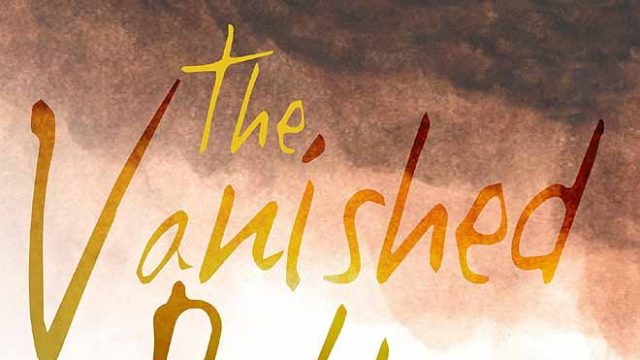Buddhist Circuit’ is the new buzzword in Indian tourism. State tourism boards are scrambling to unearth Buddhist ruins and spruce them up. These nascent circuits hope to link up to the Buddhist circuit, following in the footsteps of the real-life Shakyamuni that has been extant for almost two millennia, the subcontinent’s first pilgrimage trail.
Filmmaker and ‘comics author’ Bharath Murthy’s The Vanished Path chronicles his journeys along this ancient pilgrimage. It’s been done before, though certainly not in the format of a graphic narrative. The position that Murthy—a lay Buddhist, as he tells us—takes is that of a narrator re-acquainting the reader with something that has been lost, in this case, the living tradition of Buddhism. It’s difficult to do so in a conventional graphic narrative, so his travelogue is punctuated with stretches of expository prose about specific developments in Buddhism as well as re-creations of scenes from the Buddha’s life. Murthy is a self-confessed fan of the Japanese master Osamu Tezuka, and the latter’s Manga stylings, especially that of the 8-volume Buddha, clearly influences Murthy’s work.
Murthy and his wife travel from Sarnath to Lumbini, to Nalanda and Bodh Gaya, while touching upon many lesser known sites along the way. To a reader interested in Buddhist sites in north-eastern India, these passages are of great interest, purely because, using Murthy’s travelogue as a guide, it’s possible to make one’s own itinerary. Murthy probably didn’t have such a mundane aim in mind when he wrote this, but the book is a helpful one in this respect. The book’s narrative style, though, is bland. Conversations are stilted and formal, and the running gag of people mistaking Murthy and his wife for foreigners gets old after the first three times. Also, since the book is purely from the point of view of Theravadin teachings, none of the importance of the Mahayana or the Vajrayana (both of which influence the art in many of the sites that Murthy visits) to the ‘Buddhist Circuit’ is touched upon. Now that would’ve been a true vanished path.




